Qadian: Spiritual Heart of the Ahmadiyya Community and a Model of Communal Harmony
Located in Punjab’s Gurdaspur district, Qadian is a small yet historically and spiritually significant town, best known as the global headquarters of the Ahmadiyya Muslim Community. Situated approximately 18 km from Batala and 50 km from Amritsar, Qadian is not just a religious center but a symbol of interfaith harmony, community service, and cultural heritage.
Historical and Cultural Roots
Founded in 1530 by Mirza Hadi Baig, a religious scholar, Qadian carries a rich historical legacy. Over the centuries, it has evolved into a town with a distinct identity—marked by close-knit communities, deep-rooted traditions, and a slower, more reflective pace of life. While it may lack some of the modern amenities found in neighboring towns like Batala and Gurdaspur, its unique character more than compensates.
Punjabi is the dominant language, but a noticeable 10% of the population speaks Urdu. In areas like Mohalla Ahmadiyya, Urdu signboards are a common sight, reflecting the linguistic diversity of the town.
Centre of Ahmadiyya Faith
Qadian is revered worldwide as the birthplace of the Ahmadiyya Muslim Community. The movement, founded by Mirza Ghulam Ahmad, differs from mainstream Islam primarily in its belief that Ahmad was the promised Messiah. Emphasizing peace, service, and a spiritual interpretation of jihad, the Ahmadiyya community is known for its advocacy of human fraternity and non-violence.
Each year, Qadian hosts the Jalsa Salana, a major international religious gathering of Ahmadiyya Muslims from over 160 countries. Considered a spiritual pilgrimage by followers, the three-day convention—typically held in December—attracts thousands. Special trains from Amritsar are arranged to facilitate the arrival of Ahmadiyyas crossing over from Pakistan.
Religious and Civic Landmarks
-
Minaratul Masih: An iconic 105-foot-high white minaret with 92 steps and three balconies, constructed under the direction of Mirza Ghulam Ahmad. It stands adjacent to the Aqsa Mosque and is a key religious monument for the community.
-
Bahishti Maqbara: The burial site of Mirza Ghulam Ahmad, this revered cemetery is central to the spiritual identity of Qadian.
-
Noor Hospital: Established in 1917 by the Ahmadiyya Jamaat, this is the oldest multi-disciplinary hospital in Punjab. Built with limited resources, it now serves thousands annually, including patients from neighboring cities. It celebrated its centenary in October 2017, marking a century of uninterrupted service.
Commitment to Education and Welfare
Qadian is home to a theological school where Arabic is taught, and scholars are trained for religious service. Principal Mujib Ahmed Lone emphasizes that all students at the institution have devoted their lives to the faith. The community supports underprivileged individuals, offering financial assistance to orphans, widows, the disabled, and needy students.
In 1955, when the region was hit by floods, the Ahmadiyya community provided extensive relief—offering medical aid and helping rebuild homes, demonstrating its deep commitment to humanitarian service.
Political Significance
Qadian also holds political importance as a Punjab Vidhan Sabha constituency. Currently represented by Leader of Opposition Partap Singh Bajwa, the seat has a legacy of political influence, having also been held by his wife Charanjit Bajwa and his brother Fateh Jung Singh Bajwa. Another notable political figure from the area is five-time MLA and former Cabinet Minister Tript Rajinder Singh Bajwa.
A Model of Peaceful Coexistence
Despite its religious centrality, Qadian exemplifies interfaith harmony. Hindus, Sikhs, Christians, and Ahmadiyya Muslims live side by side in a peaceful and cooperative environment. Residents often highlight Qadian as an example for a world struggling with conflict and division—a town where peace is not just preached, but practiced.


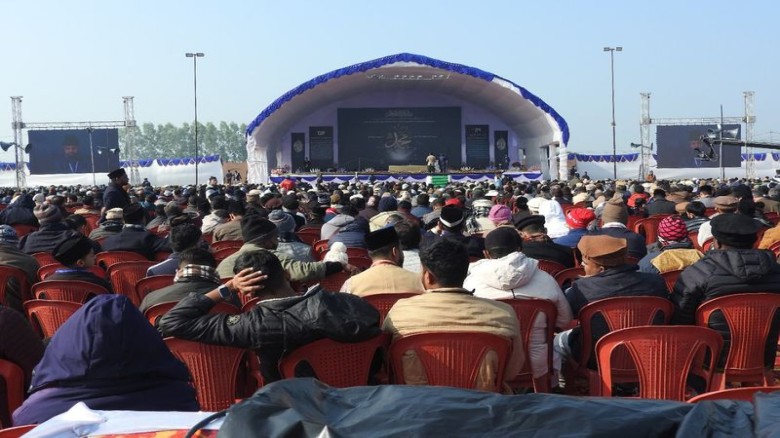
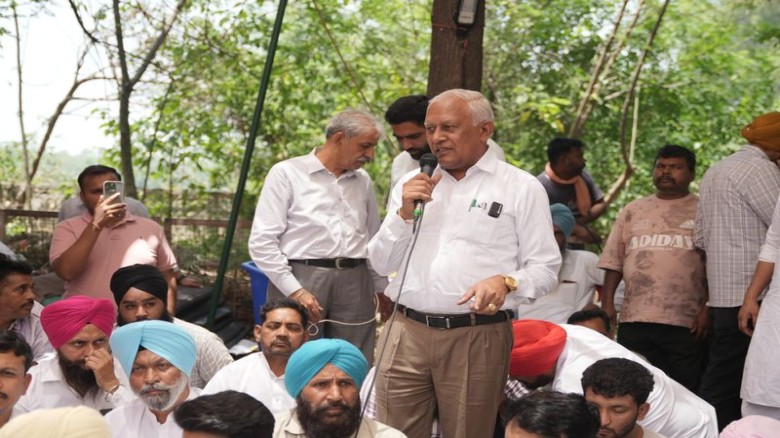




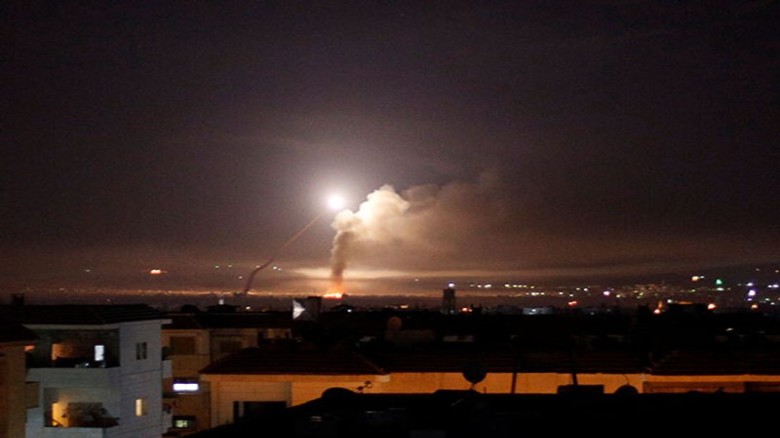


















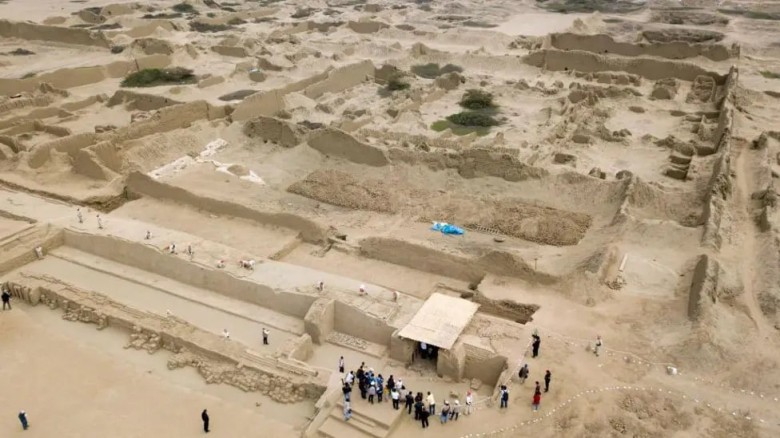
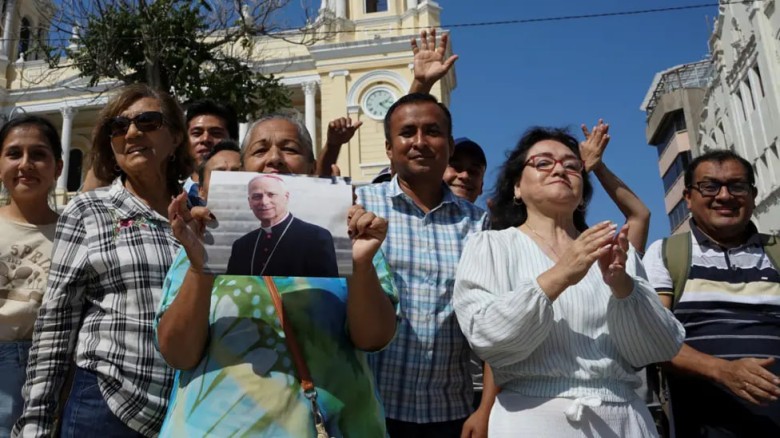











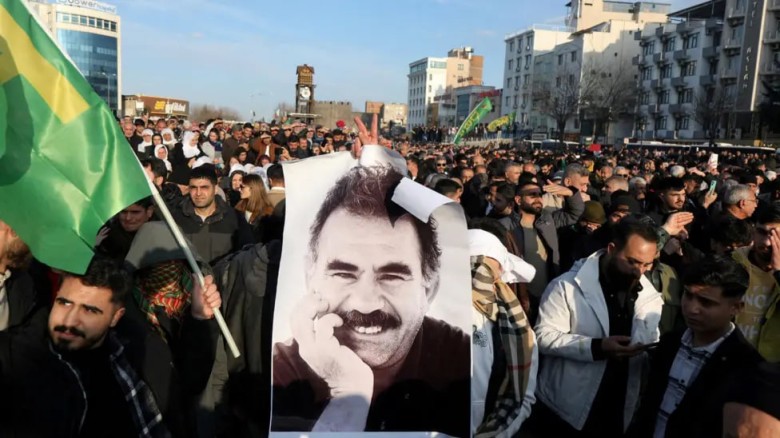
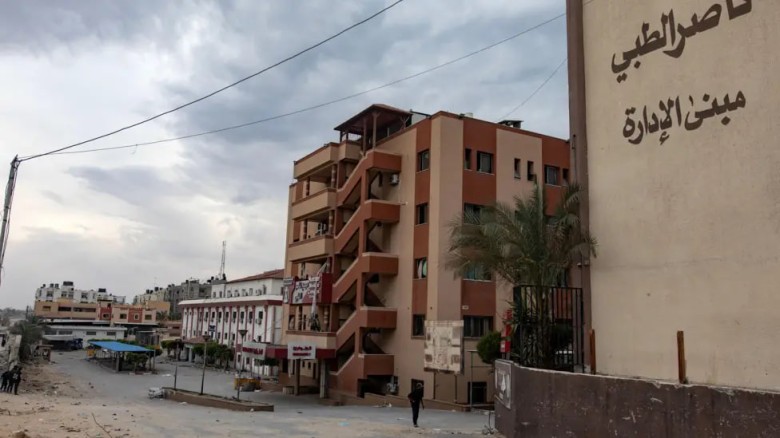






























Leave A Comment